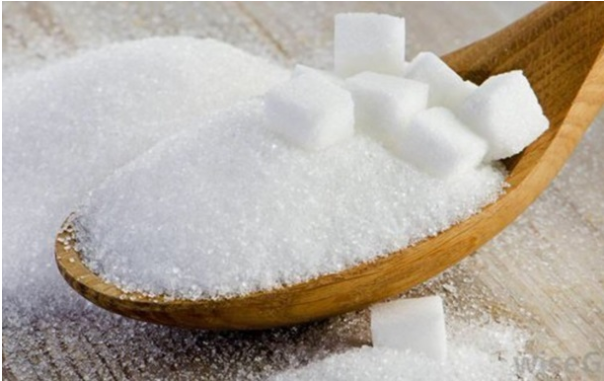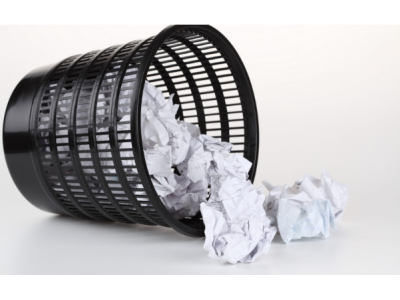
We can do whatever we want at home – sort out, move the eco-furniture in the right places, and buy bamboo toothbrushes. It’s time to start thinking, how we can influence those areas of the life that are beyond our control – transport, work, walks, and visiting various facilities.
Guide for Green Promenades, Offices, and other Facilities
We can do whatever we want at home – sort out, move the eco-furniture in the right places, and buy bamboo toothbrushes. It’s time to start thinking, how we can influence those areas of the life that are beyond our control – transport, work, walks, and visiting various facilities.
Planning is 80% of success. That’s why we recommend building each step when shifting to sustainable lifestyles. The same applies to shopping because you can avoid unnecessary purchases only if realizing them beforehand.
- Carry around a bottle of water. It’s better to get metal or reusable plastic one. Thus, you’ll be able to dispense buying disposable bottles and to control your water balance. Remember that water is better than coffee to stay hydrated.
- Fabric hankie is your best friend. It will serve longer than a napkin. In addition, use antiseptic that could be made independently if mixing water and chlorhexidine.
- Take fabric or other reusable shopping bags to resist the temptation of buying plastic ones when you need to purchase some food.
- Don’t take flyers and other advertising materials from promoters to reduce the wasteful usage of paper.
Have you walked already? It’s time to stop off at the café. There you’ll see tons of paper napkins, plastic straws, and chopsticks. Don’t forget to use fabric hankies, drink without straws (you can also buy a time metal tube), and carry chopsticks with you. Don’t you want to bother yourself? – Not a big deal. The Chinese restaurants will bring you a fork with pleasure.
There’s one more eco-aspect in the list. Since we’re for a healthy lifestyle, we recommend giving up sugar. As a last resort, ask a waiter for sold loose sugar.
Offices are germ factories and true landfills. The amount of non-recyclable stationery is off the charts and the clerks don’t use to be conscious.
- Pens. There’re pens made of recycled eco-materials on the market. In general, try to use high techs mostly and to work a PC or a laptop.
- Paper. Don’t throw out a paper that is printed on the one side. It can be used as a draft to make notes. We understand that it’s impossible to exclude paper completely that’s why we recommend recycling it.
- Paperclips. Those things can be used the second time. Besides, it’s better to use metal paperclips but not plastic.
- Disconnect the cable plugs from the sockets each time you end with the equipment. Aimlessly plugged scanners and faxes consume plenty of energy.
- Drink coffee and tea from your own cup. Take it at home, bring it to your office, and use it while getting rid of the habit to spawn tons of plastic or paper cups.
Transport is perhaps the most daunting task of all. Where possible, ride the subway or an El, as well as trolleys that are more environmentally benign vehicles than buses. If using a patrol car, switch on the “start-stop” system that cuts the engine when the car stops. To use a vehicle more efficient, pick up hitchhikers and friends.
We do know that environmentally friendly habits are a piece of cake and we’d love to help you!
Read also:













